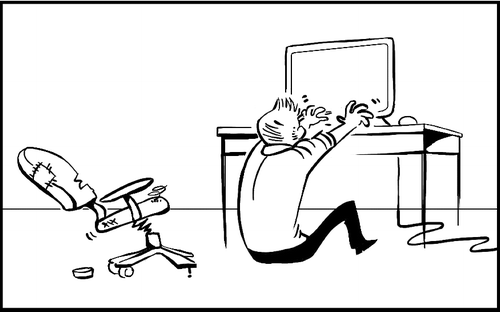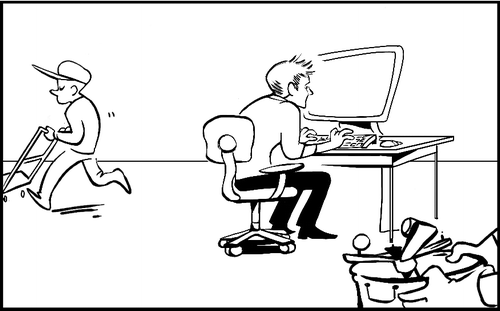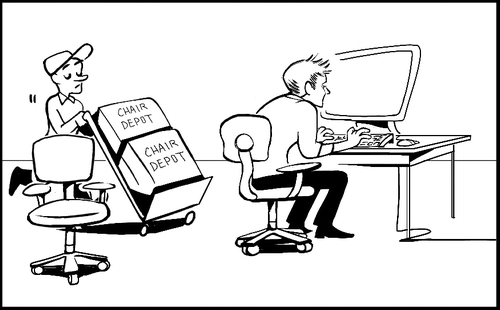ABSTRACT
In my role as an instructor I am constantly looking for ways to more effectively convey information to my audience, which is typically the students in my class. However, the same concerns apply to most of the people who attend a seminar. The approach you take to making the material easier to understand is likely to be influenced by the course you teach. That is, the same instructor may use different examples when teaching an upper division vs. a lower division course. I teach introductory biology, and my students may have little familiarity with cell biology, let alone autophagy. Accordingly, I have tried to consider how to illustrate the importance of autophagy in a way that can be comprehended by people who may not even be familiar with the term.
When introducing the concept of autophagy, I sometimes make the point that, historically, people have focused on synthesis, including protein synthesis and organelle biogenesis. Obviously these are important topics and critical aspects of cellular homeostasis. For example, consider the person who walks into her/his office (which we can later equate with a cell) planning to work on the computer, only to find that the chair (or an organelle in the cellular model) is no longer working (). Typing while sitting on the floor (or even while standing at a standard-height desk) is not convenient. In that situation, if everything is functioning as it normally should (or at least as we would like it to), a new chair will be delivered and the old chair will be removed; everything is back to the normal steady-state condition (). This is the situation we tend to think about from a synthesis-centric viewpoint. In other words, synthesis is good.
Figure 1. We rely on the various parts of our office, such as a chair, to be functioning normally; otherwise, efficiency is compromised. All illustrations by Elise N. Griswold based on conceptual designs by Daniel J. Klionsky.

Figure 2. Steady-state conditions rely on the delivery of a new chair (equivalent to synthesis on a subcellular level), and removal of the old one (that is, degradation and recycling).

Of course, those of us working in the autophagy field are well aware of the fact that this is only one side of the equation. That is, many people overlook the significance of that other person/process, the one depicted in the bottom right corner of . However, if we were to eliminate the removal (and recycling) part of the process, even in the absence of a broken chair, would that still be a good situation ()? In this case, synthesis/delivery is working fine, so why would anyone complain? But synthesis that is not balanced by degradation is a problem (). Certainly, the situation would be even worse if we were accumulating lots of nonfunctional chairs (consider what might happen if you tried to use a dysfunctional chair, and the odds of that happening if they were starting to pile up), but even perfectly working chairs would become a problem soon enough. Furthermore, if someone in the audience suggests that you stop getting chairs delivered, you can point out that the one you are using is going to break at some point in time, and you will then need a new one—so you can delay the onset of the accumulation phenotype, but you cannot eliminate it.
Figure 4. Unless delivery/synthesis is balanced by removal (meaning the degradative and recycling process of autophagy), the office/cell will start to operate less efficiently, and may ultimately cease functioning if the problem is not remedied.

By placing the problem in the context of an office, with a person working on a computer and relying on the ability to sit on a chair, the situation immediately becomes recognizable to people who do not know anything about autophagy. It is also quite easy to imagine why it would become difficult to function in an office that was overflowing with chairs, functional or otherwise. Having established the importance of balancing synthesis with degradation, it is now possible to delve deeper into the specifics of the degradative mechanism.
The author thanks Vikramjit Lahiri, and Drs. Aileen Ariosa and Katherine R. Parzych for reading the manuscript and/or making helpful comments.
Disclosure of potential conflicts of interest
No potential conflict of interest was reported by the author.

